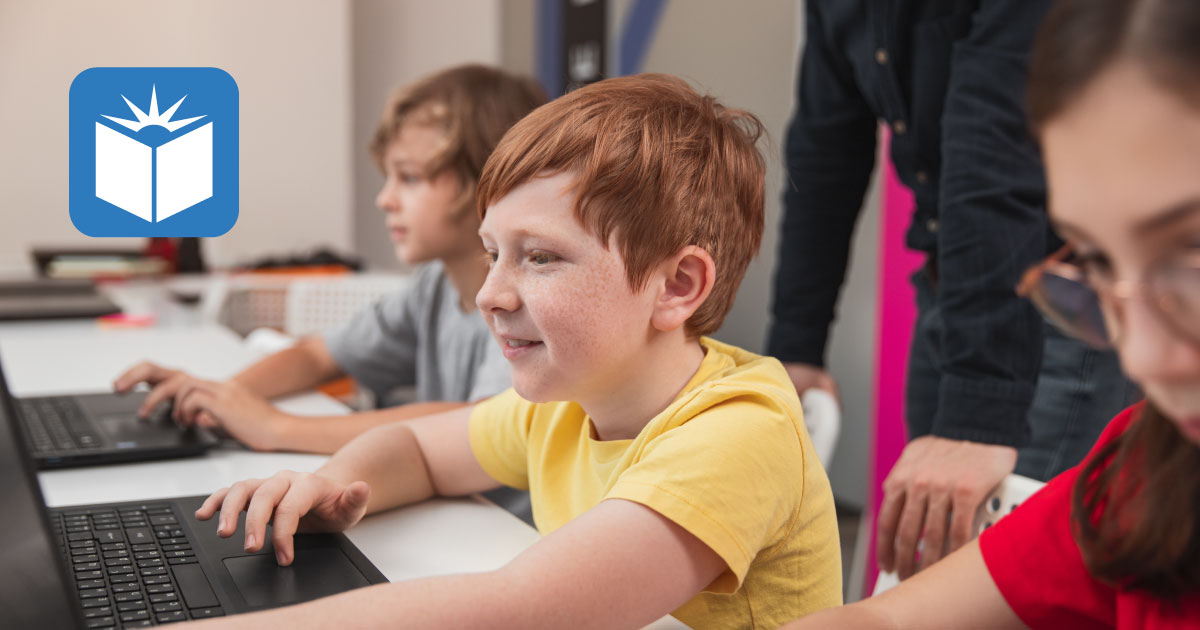This post is based on interviews conducted by Read Naturally marketing associate Madeline Waters with Crest Middle School faculty Jennifer Melton, media specialist and Tier 3 reading interventionist, and Melissa Lawter, school psychologist.
Pulling students out of class for reading intervention can trigger a variety of emotions— embarrassment, annoyance, even indignation. For the middle-school boys in Jennifer Melton’s Tier 3 reading intervention group at Crest Middle School last year, being pulled out of PE likely added a touch of FOMO to the mix.
These emotions are often a recipe for resistance, but when school psychologist Melissa Lawter came to help out in the Read Live reading lab, that wasn’t what she observed: “They came up here on time. There were no behavior problems. They knew they wanted to be there and work with Mrs. Melton. She did such a good job.”
So, what was the key to Mrs. Melton’s success? Her approach was multifaceted.
 Creating a Comfortable Space
Creating a Comfortable Space
To combat feelings of embarrassment or self-consciousness, Jennifer Melton worked to create a safe environment: “They come up to me in the library and I just have a small area set up for them, and they have plenty of space in between so they feel comfortable reading aloud. They’ve got their own little private spots.”
Making It Fun
To combat the FOMO from missing PE, Jennifer incorporated both competitive and collaborative incentive programs. “At the end of every session I would offer just a little prize for whoever had the highest Wordtastic score, so they had something to work for while they were waiting for me. I also told the group that when everybody in the class met and passed six of the 12 passages, we would have a celebration day. So I ordered them pizza once they all got to that point. And then when we got to the 12 mark and so on, we had brownies, sundaes, things like that.”
Highlighting the Results
Jennifer made sure her students understood the value of their time in the Read Live lab. “I just really try to build them up when they pass a story. It’s really neat to see the improvement from the cold read to the hot read, and the kids really brighten up.” Using verbal encouragement alongside the visual graphs in the program, she helped her students understand that their practice was leading to significant improvements in their words-correct-per-minute scores. Seeing that concrete evidence really resonated with the students—Jennifer shared that some even made comments like, “You know, we’re getting somewhere with this program!”
Building Relationships
Perhaps most importantly, Jennifer was personally invested in her students' success. As Melissa explained, it’s important for students to feel that, “you put as much stock into this as they do, and you're there for their growth. You’re not there to check a box just to get this done; you're there because you want to prepare them. You want to fill these gaps and for them to be able to access grade-level curriculum.” Melissa also emphasized how Jennifer maximized the one-on-one time that’s built into Read Live program. “Mrs. Melton did such a good job of building relationships with them and spending time with them. They knew they wanted to be there and work with her even though they were getting pulled out of PE.”
Of course, many of these students would still probably prefer to stay in PE than be pulled out for reading intervention. The good news is that their hard work paid off! As Jennifer shared, “This year, when we went to decide who was going to be in my lab, I noticed I didn’t have a lot of repeats. So the students I worked with last year showed growth to the point of not needing it this year. That was great to see!”

 Share your student’s success story—nominate him or her for our Star of the Month award. Win a Barnes & Noble gift card for the student and a Read Naturally gift certificate for your class!
Share your student’s success story—nominate him or her for our Star of the Month award. Win a Barnes & Noble gift card for the student and a Read Naturally gift certificate for your class!
Post a New Comment